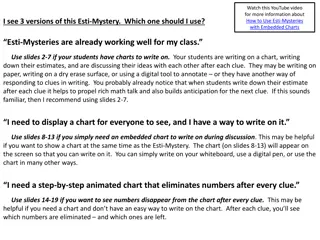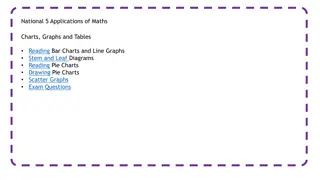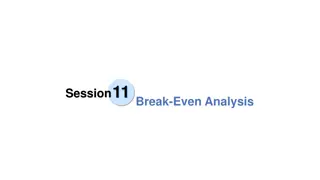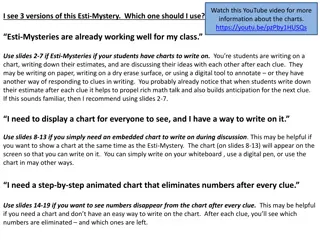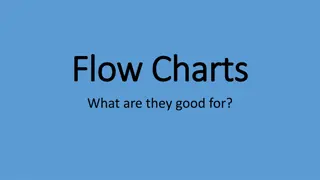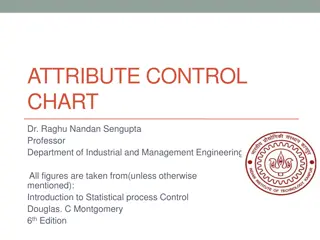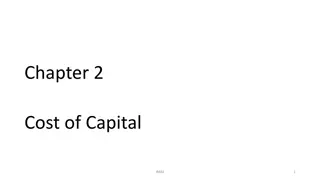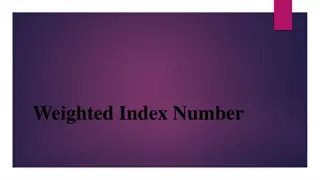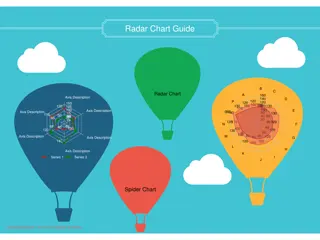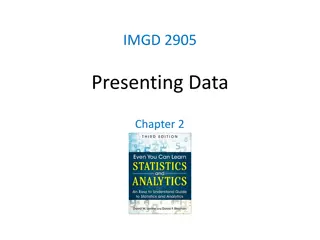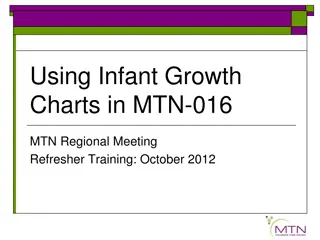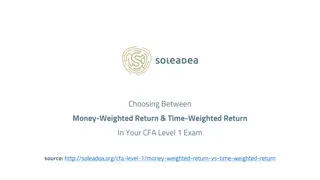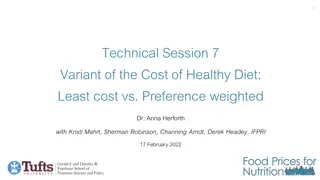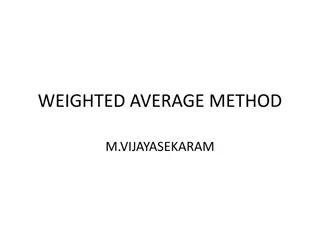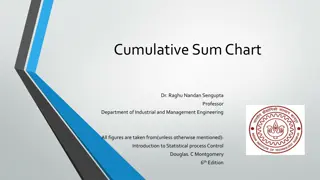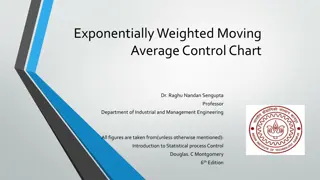Understanding Weighted Moving Average Charts for Process Monitoring
Weighted moving average charts are powerful tools for detecting small shifts and trends in process means. By utilizing Uniformly Weighted Moving Average (UWMA) charts and Exponentially Weighted Moving Average (EWMA) charts, organizations can monitor and identify changes in process means with precision. This comprehensive guide delves into the significance of process knowledge, sustained shifts, types of moving average charts, and tips on choosing the right chart for specific process changes. Explore the wonders of these charts in JMP for effective process control.
Download Presentation

Please find below an Image/Link to download the presentation.
The content on the website is provided AS IS for your information and personal use only. It may not be sold, licensed, or shared on other websites without obtaining consent from the author. Download presentation by click this link. If you encounter any issues during the download, it is possible that the publisher has removed the file from their server.
E N D
Presentation Transcript
Weighted moving average charts for detecting small shifts in process mean or trends The wonders of JMP 1
Shifts in the Process Mean and process knowledge The X-bar chart is designed to detect changes in the Process Mean. In a mature Process, there may be a body of Process knowledge which suggests which types of changes in the Process Mean are likely to occur. this can be important in finding ways to detect relatively small changes in the mean which the four rules are unlikely to detect. 2
Sustained changes in the Process Mean Experience has shown that there are two common types of sustained changes in the Process Mean: A sustained shift in the Process Mean to a new value. Slow trending in the Process Mean up or down. 3
Moving Average Charts There are two types of Moving Average charts designed to be sensitive to these types of Process Mean changes: The Uniformly Weighted Moving Average Chart, UWMA chart, (also known as the Arithmetic Moving Average chart, AMA chart) The Exponentially Weighted Moving Average chart, EWMA chart, (also known as the Geometric Moving Average Chart, GMA chart) 4
Which to use? Each of the two is to be used depending on the type of Process change one wishes to detect: For a sustained shift in the Process Mean to a new value, use the Uniformly Weighted Moving Average chart. For a slowly trending Process Mean, use the Exponentially Weighted Moving Average chart. 5
Moving Average charts in JMP Each point on a Uniformly Weighted Moving Average (UWMA) chart, also called a Moving Average chart, is the average of the w most recent subgroup means (called span ), including the present subgroup mean. These are often referred to as Arithmetic Moving Average (AMA) charts. These are often used in detecting a consistent shift in the Process Mean rapidly. 6
JMP control limits If we assume the sample sizes in each subgroup are equal, then: R d 2 c and so the three sigma limits for n subgroups (or spans) will be: ( 3 c X ) n 7
For first 45 data points of Example 6.7 in the text (using subgroups of size two) 8
Note: At time point one, there is only one point so that the limits are wider here. At all other time points the limits are divided by the square root of 2 and so are narrower. 9
Compare to the XmR chart for the same data: 10
Note: The Moving Average chart picked out subgroup 4 as out of control due to the tighter limits. The Individuals Chart showed that subgroup was in control (though near the limits). The Individuals Chart did show why the Range chart was out of control at time 25. 13
One can specify different moving average spans . Moving average span is JMP talk for the number of subgroups to average over. Let s look at a moving average span of three. Notice what happens to the limits. 14
Properties of spans The larger the span the tighter the limits. For larger spans, averaging is done over more time points so short occurrences of Special Cause may be averaged out. Larger spans may take longer to detect a shift in the mean, this depends of the size of the shift relative to Common Cause. Experience is the best guide for span size. 17
Exponentially Weighted Moving Average Charts in JMP Each point on an Exponentially Weighted Moving Average (EWMA) chart, also referred to as a Geometric Moving Average (GMA) chart, is the weighted average of all the previous subgroup means, including the mean of the present subgroup sample. These are very useful in detecting trends since the most recent points receive the greatest weight. 18
EWMA charts and weights EWMA charts are formed by choosing a weight parameter r, which is a number between 0 and 1. The value of r is the weight given to the most recent data point. For subgroup size=1, a value of r=1 would correspond to an Individuals Chart. 19
EWMA calculations: = X X 1 1 For i>1, = + (1 ) X rX r X 1 i i i 20
Or more generally For i>1, = + ... (1 + + 1 i (1 ) ) X rX r rX r rX 1 1 i i i Note: The coefficients are all less than 1. The coefficients sum to 1. This means the variance of the weighted average is less than the individual values. 21
Choice of weight values: A low weight value, say around .1 to .2, would give a chart which behave much like a UWMA (or AMA) chart with a large span. A high weight near one would be much like an Individuals chart. In practice, weights around r=.5 are used. 22
Which charting was best? The UWMA (or AMA) picked up a mean shift early on for spans of two or three. The EWMA chart did not pick this up since it was a shift in process mean, not a trend. Experience with the process is the best guide. 24
Another Example JMP Data set (there are 5 observations per subgroup but the UWMA and EWMA charts still work). 25
Why did the EWMA chart work? Whenever there is trending, the most recent points have the most information. The X-bar and R charts put all of the weight each on the most recent sample. The UWMA charts weight each point equally in the span. The EWMA chart weights the most recent signals with higher weights, this makes the signal to noise ratio the largest (largest signal gets most weight). 28
Caution! If you graph your data every possible way you risk getting false signals! People do that anyway but don t be that guy! 29


